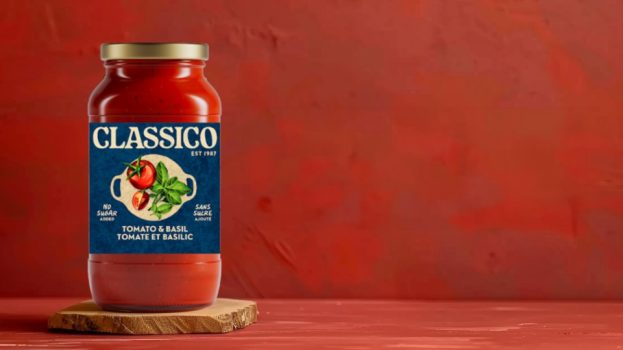Toronto’s Museum Of Contemporary Art (MOCA) is generating buzz ahead of debuting its new location in the city’s west-end.
The “Unsame” campaign, by Leo Burnett, has launched to support the museum’s move into a 55,000 square foot industrial space in the Lower Junction neighbourhood on Sept. 22. With its former home being made into a condominium, the search for a new, larger space has given MOCA the opportunity to bring in bigger audiences for contemporary Canadian and international artists, expanding the city’s arts and culture scene, says Rachel Hilton, director of communications and visitor engagement at MOCA.
“Unsame” is the largest media push MOCA has done in its history, and Saatchi & Saatchi is overseeing the buy pro-bono.
Campaign assets include out-of-home, such as a platform takeover at the St. George subway station, that are meant to catch commuters and familiarize them with the museum’s new location on Sterling Rd. The ads serve as a “wink” to the way information is presented in a museum setting, says Hilton.
A billboard entitled “Billboard” (medium: “metal and wood”) encourages people to visit the museum for “an experience that disrupts your ordinary and alters the landscape of your belief system.” Among the OOH assets, there’s also “Selfie” (falling within the “self-portrait” category) and “Looking down at phone” (a typical example of “performance” art), both of which implore people to “Seek Unsame” by visiting the MOCA.
The campaign launched on Sept. 3 and will run until the second week of October. In addition to the OOH placements, ads are running on social, in magazines and on some elevator networks in buildings downtown. In the spring, MOCA ran a promotional trailer in some Cineplex theatres.
“Culturally active Canadians don’t really appreciate the value and meaning that contemporary art can have in their lives,” says Hilton. As a showcase for multidisciplinary art forms, the “value exchange” is not always clear to would-be museum-goers, she says. “Where MOCA comes in is really helping people understand that contemporary art can help them understand the world around them.”
A secondary objective of the campaign was to “put MOCA on the map and reframe the cultural centre of Toronto to include the Junction Triangle,” according to Hilton. The museum was a “catalyst” in the development of the trendy Queen West neighbourhood, where it previously resided since 2005. (MOCA’s former building is now occupied by Sid Lee.)
Hilton says the new building will be used as a “canvas” on which it will place contemporary works of art, joining a global trend that has seen many buildings become architectural treasures and tourist destinations in themselves. The bare-bones nature of the building will not only serve to enhance the artwork but also give the space the ability to double as a rental facility when MOCA is not hosting exhibitions.
During Doors Open Toronto in May, around 4,000 people visited the new location before its official opening, far surpassing the museum’s expectations, according to Hilton.


























